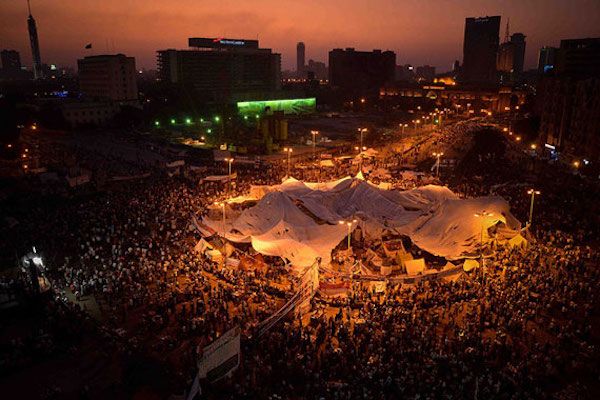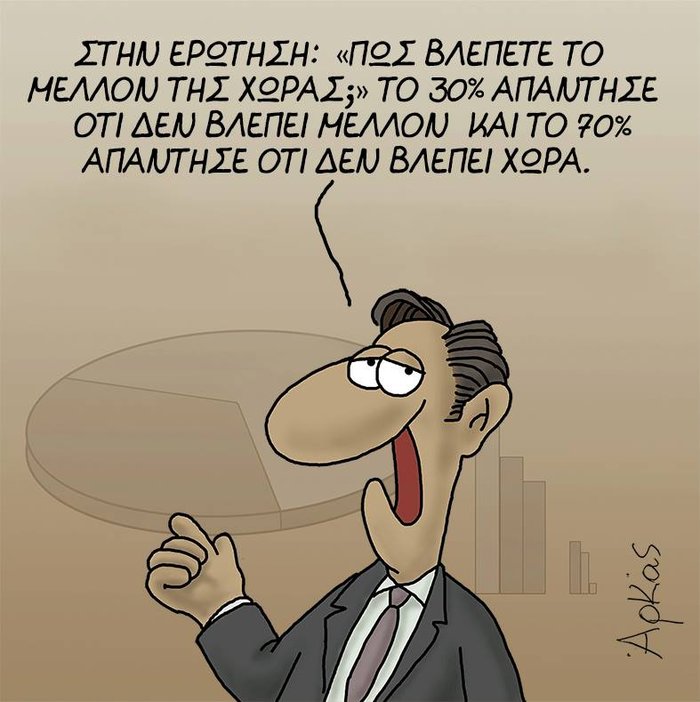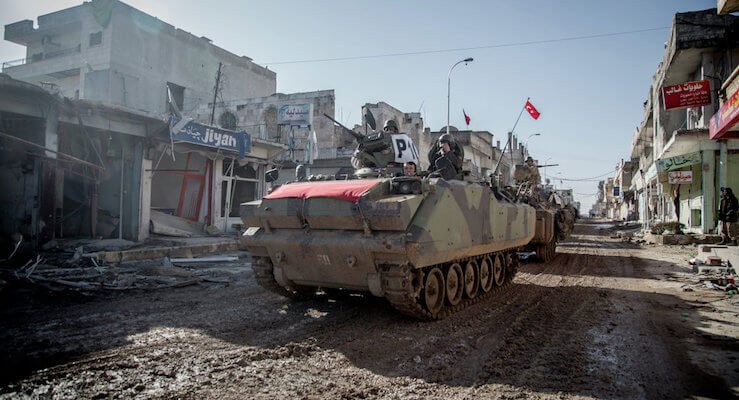By Ulrike Knöfel
Impaled heads and burning bodies: Hieronymus Bosch, the great Dutch painter whose images depicted the horrors and terror of the past, present and future, died 500 years ago. In the era of Abu Ghraib and Islamic State, his work feels as contemporary as ever.
The artist Hieronymus Bosch probably had the most prodigious imagination of his day. He was the great surrealist of the waning Middle Ages. His paintings were both a promise and a threat, intended to convey an idea of what would happen in paradise and, even more so, in hell. He created labyrinths of atrocities and a vocabulary of the bestial. He depicted devils and monsters, but also people being tortured, naked people whose throats were being slit, almost as if they were part of a scene in the latest propaganda video from the self-proclaimed Islamic State (IS). And then there are images and motifs that seem comedic in their sheer absurdity.











